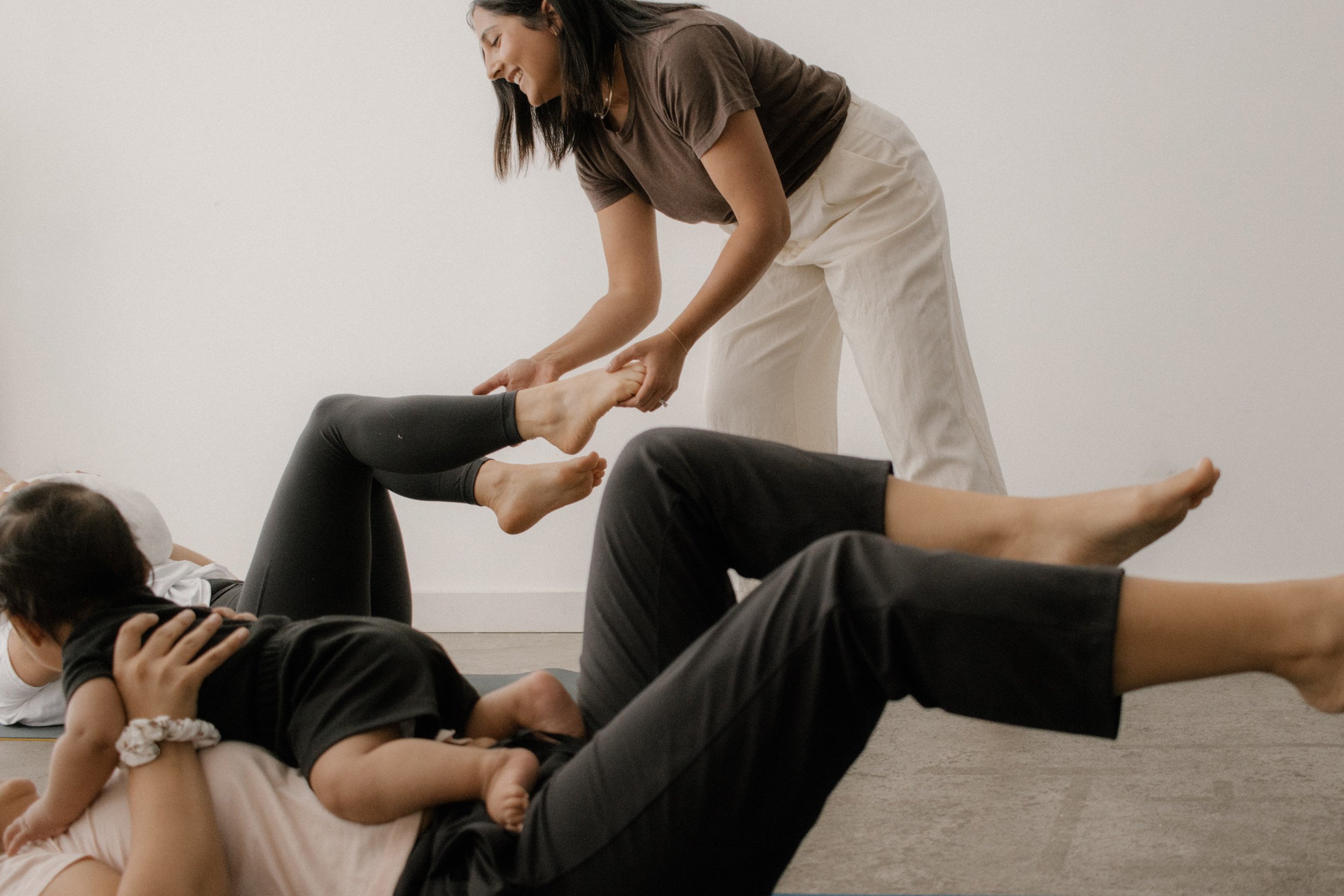
Resource Library
information about your pelvic health concerns
Prenatal & Postpartum Health
It is a common myth that you have to wait until the postpartum period to seek care from a pelvic health physiotherapist. It is beneficial to book an appointment while in the perinatal period.
Pelvic health physiotherapists support people throughout pregnancy with:
Preparing for birth - pushing strategies, positions, tearing, what to do if you have a C-section, there’s lots to cover here!
Pelvic floor and core health
Support and education for exercise during pregnancy
Low back and pelvic girdle pain
Urinary and/or fecal incontinence
Constipation
Preparing for postpartum before you’re in the postpartum haze
( Read more about how we can work together to prepare for delivery and reduce tearing during labour)
Postpartum Health
My aim is to work with you to help you to move comfortably through this new phase of life.
Rehabilitation post birth (both vaginal and C-section)
Returning to exercise postpartum, including weightlifting and running
Low back and pelvic girdle pain
Pain with intercourse
Vaginal heaviness/pressure
Urinary and/or fecal incontinence
Constipation
Diastasis recti abdominis
Post Cesarean Section
Care post C-section can be overlooked, but the body has had the same stresses over the past 10 months (regardless of mode of delivery), and on top of that you’ve undergone a major abdominal surgery (a C-section). It is normal to recieve physiotherapy support after surgery, and C-section should be no different. Additionally, it is important to properly care for the C-section scar post-partum to avoid issues such as adhesions later on.
Diastasis recti abdominis (DRA)
The overall widening/elongation of the connective tissue (linea alba) that runs down along the abdomen, this is a normal adaptation to pregnancy to accommodate the growing baby! In postpartum we work to rehabilitate the whole core. It’s important to note here, that it’s not all about the width of the gap.
Pelvic Organ Prolapse
This is when the bladder, uterus, and/or rectum descend into the vaginal canal, to vary degrees. You may feel a heaviness or pressure “down there” and symptoms can improve or worsen with certain positions or the time of day.
Vulvar Pain
Dyspareunia (pain with sex), Vulvoodynia, Vaginismus, Vestibulodynia, Vaginal Pain
This pain could be provoked with intercourse or with the insertion of a tampon for example. It could also be unprovoked, meaning nothing in particular brings on the pain.
The pain could be described as: burning, stinging, raw, sharp, scratchy, and knife-like.
This is very common, but often women suffer in silence, possibly because we think it is normal or we don’t know where to seek help. Unfortunately, advise such as “just relax” or “drink of a glass of wine” is given, however, this may not be helpful and there are other options.
Urinary Health
Stress Urinary Incontinence
The pelvic floor muscles are involved in evacuating or retaining fluids when appropriate. For example, if the pelvic floor muscles are not able to adequately meet the demands of the downward pressure from activities such as: coughing/sneezing, carrying/lifting, bend/squat, push/pull, walk/running/jumping, for example. This can result in leaking, which is stress urinary incontinence.
Urge Urinary Incontinence
And/or Over Active Bladder
Another concern may be an overactive bladder, urge, or frequency, which may or may not involve incontinence. This can look like: having to hurry to the bathroom, needing to use the bathroom frequently throughout the day, leaking before getting to the toilet, having to go to the bathroom several times through the night, you may think you have a “small bladder.”
Bowel Health
Constipation
Several factors can contribute to constipation and any underlying medical issues should be ruled out. Evacuation is one role of the pelvic floor muscles, however, in some cases the pelvic floor muscles are not able to adequately relax and allow for movement. Functioning of the pelvic floor muscles, scanning for a pelvic organ prolapse, as well as, assessing activity level, fibre and fluid intake, are assessed during a pelvic health physiotherapy visit.
Fecal incontinence
As mentioned above, the pelvic floor muscles are involved in evacuation, they are also involved in retaining stool. If the pelvic floor muscles are not able to adequately meet the demands of the downward pressure from activities such as coughing or laughing for example, this can result in fecal incontinence.

